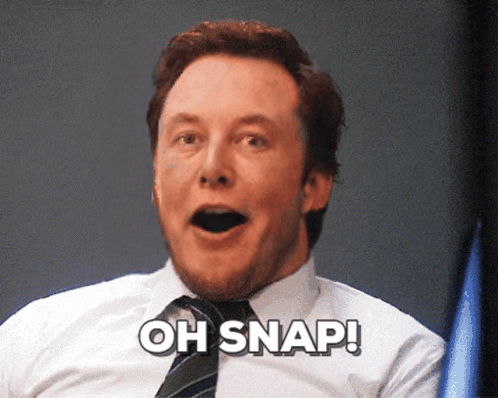PixelFlow allows you to use all these features
Unlock the full potential of generative AI with Segmind. Create stunning visuals and innovative designs with total creative control. Take advantage of powerful development tools to automate processes and models, elevating your creative workflow.
Segmented Creation Workflow
Gain greater control by dividing the creative process into distinct steps, refining each phase.
Customized Output
Customize at various stages, from initial generation to final adjustments, ensuring tailored creative outputs.
Layering Different Models
Integrate and utilize multiple models simultaneously, producing complex and polished creative results.
Workflow APIs
Deploy Pixelflows as APIs quickly, without server setup, ensuring scalability and efficiency.
RCNZ Cartoon
Built on the foundation of Stable Diffusion 1.5, the RCNZ Cartoon model excels in interpreting artistic ideas and converting them into vivid 3D cartoons. Its sophisticated design allows for intricate detailing and depth.
Advantages
-
3D Cartoon Rendering: Specializes in transforming 2D cartoon concepts into captivating 3D images.
-
Creative Versatility: Offers a wide range of possibilities for cartoon styles and themes..
-
High-Quality Outputs: Produces vibrant, detailed, and visually appealing cartoon images.
Use Cases
-
Animation and Film:Ideal for animators and filmmakers looking to create unique 3D cartoon scenes and characters.
-
Digital Art: Artists can explore new dimensions in cartoon artistry.
-
Marketing and Advertising: Useful for creating engaging 3D cartoon visuals for promotional content.
-
Educational Content: Enhances learning materials with appealing 3D cartoon illustrations.
Other Popular Models
faceswap-v2
Take a picture/gif and replace the face in it with a face of your choice. You only need one image of the desired face. No dataset, no training

sdxl-inpaint
This model is capable of generating photo-realistic images given any text input, with the extra capability of inpainting the pictures by using a mask

sdxl1.0-txt2img
The SDXL model is the official upgrade to the v1.5 model. The model is released as open-source software

sd2.1-faceswapper
Take a picture/gif and replace the face in it with a face of your choice. You only need one image of the desired face. No dataset, no training

